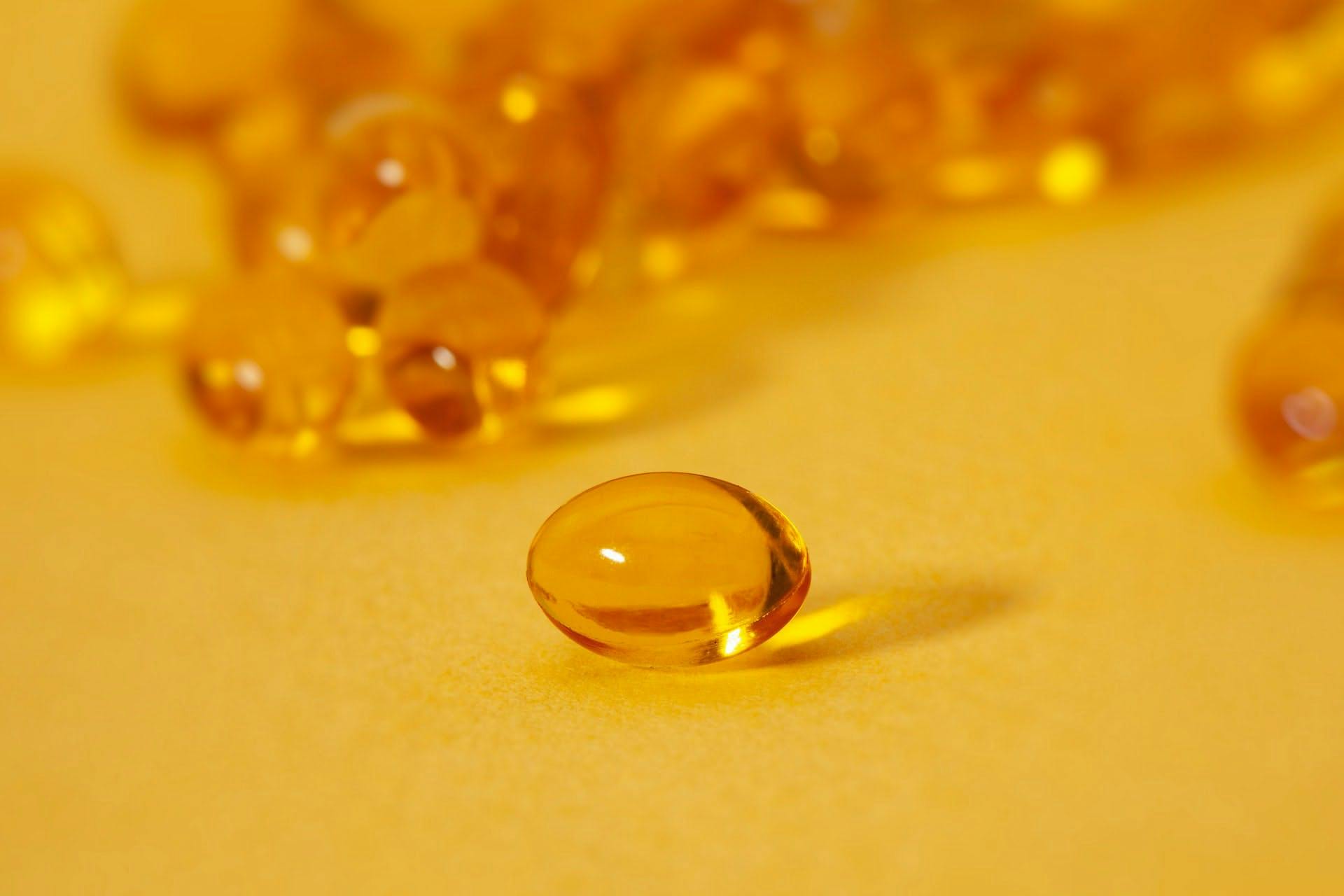When trying to lose weight, few things are more discouraging than hitting a plateau. What may have begun as a progressive drop on the scale suddenly shifts into stagnant numbers, despite your best efforts at the gym, eating a wholesome diet, and following healthy habits.
The widely accepted definition of a weight loss plateau is when you stop losing weight, despite maintaining a consistent diet and exercise routine. When this happens, it can feel like a targeted plot against your weight loss goals. In reality, however, plateaus are common and even expected when looking to lose weight.
This guide will share tips on managing a weight loss plateau, plus lifestyle adjustments that can make all the difference to keep you empowered through your journey.
Why do weight loss plateaus occur?
Your central nervous system is constantly trying to keep your body in a state of homeostasis, or physiological equilibrium [1]. Losing weight puts your body in “famine mode,” where it thinks you’re starving — so it’ll trigger an increase in your hunger hormones and the stress hormone, cortisol, to try to restore balance and bring you back to your original weight [2].
So what does this mean?
When you first start cutting calories, you’ll certainly lose weight as a result of your calorie deficit, as well as “water weight,” which is a byproduct of your liver releasing glycogen (your energy reserves) so it can be converted into energy [3]. As you maintain a caloric deficit through diet and/or exercise, you may continue to see a consistent drop in weight for a few weeks — leading you to believe that you’re well on your way to hitting your weight loss goals.
The only way to kickstart the weight loss process again is to reduce your calorie intake even more, and repeat this again and again as your body continues to adapt to your new weight and require fewer calories to run.
This is a vicious and unsustainable cycle, to say the least — and is one of the primary reasons why the model of “calories in, calories out” is an insufficient approach to weight loss.
So what can you do instead? Below, we’ll share four actionable, science-backed strategies to help you break past a plateau without compromising your metabolic health.
1. Target nutritionally dense foods in your diet
Weight loss gurus often say that restricting your calorie intake and increasing physical activity can produce a calorie deficit that results in weight loss. Under this concept, no food is off limits — everything from processed foods and sugars is up for grabs, provided they fall within your daily calorie limit.
While this may sound good, this dietary free-for-all doesn’t consider the metabolic effects of refined sugars on your glucose and insulin levels.
Eating foods like cake, biscuits, and white bread — which can lead to a glucose spike — sets off a domino effect where your body produces greater amounts of insulin to bring your glucose levels back down, leading to a crash. This often comes with the standard side effects of low blood sugar, like dizziness, shaking, and cravings, which might trigger you to eat more sweets to bring your glucose levels back up to normal.
In a study where participants’ glucose levels were monitored while they ate carbs, researchers found that 50g of refined sugars (252 calories) raised glucose levels as high as 180mg/dl, subsequently falling as low as 40mg/dl [5]. On the other hand, a 50g meal of healthy carbs (750 calories) made up of kidney beans, wholemeal bread, salami, and cheese only raised plasma glucose to 120mg/dl, before dropping to 60 mg/dl.
Meat or plant-based proteins stabilize blood glucose levels, and these nutrients may also keep you satiated for longer by controlling the hunger hormone ghrelin, which is responsible for the drive to eat.
To see how specific proteins affect your blood sugar levels, try monitoring your blood glucose levels after meals so you can make informed diet choices that help you stay full for longer.
2. Focus on building muscle mass
After encountering a plateau, you may be tempted to abandon your weight loss efforts. While understandable, this phase can instead present the perfect opportunity to work on increasing muscle mass, which is important for metabolic health, and losing inches, rather than lowering the number on the scale.
Muscle-building efforts, like strength training, can be great for body composition — your clothes will likely fit better, and you may lose a few inches, even if the scale isn’t moving much.
But perhaps most importantly, this training will affect body composition (i.e., increase fat loss while enhancing lean muscle), improve insulin sensitivity, and reduce blood glucose levels [9].
This is because building muscle mass increases the amount of blood glucose your muscles absorb (muscles require a significant amount of glucose for energy) and limits fat storage, which is critical to keeping your blood sugar levels stable [10]. Muscles are also more metabolically active than fat, which means that prioritizing muscle mass can help you burn more calories while you sleep.
To start building more muscle mass (while losing fat mass), the key is to exercise consistently — between 2.5 hours and 5 hours per week of moderate-intensity exercise is a great place to start — and do a mix of resistance training and aerobic workouts. You can get three different weekly workout plans at our article on the 5 Best Exercises for Insulin Resistance.
3. Try out meal timing
Sometimes, getting around a weight loss plateau isn’t about what you eat but when you eat.
Within the fasting window, your body starts to get creative with finding energy sources since its usual supply of glucose is unavailable. When glycogen stores are depleted — usually after around 24 hours — energy production shifts to alternate sources like stored fats [11].
This process sheds fat while preserving muscle, an ideal situation for body composition [12]. Fasting periods lower insulin levels in the blood because you’re not consuming any calories that might stimulate the release of insulin. This promotes insulin sensitivity, where cells are more efficient at using insulin, and glucose can easily be converted to energy [13].
In a study examining the effects of alternate-day fasting (or ADF, a type of IF where participants switched between consuming just 25% of their energy needs on one day and eating without restriction the next), researchers found that both normal-weight and overweight participants lost around 5-6 kg of weight through ADF and experienced a reduced risk of cardiovascular health problems [14].
Prioritizing an earlier dinner may also be a good way to encourage weight loss efforts and break through that plateau. In a study where two participant groups ate dinner at 6 PM and 9 PM respectively, researchers found that eating earlier, at 6 PM, lowered blood glucose levels, compared to dinner taken around 9 PM [15].
The study also confirmed earlier findings that eating later in the evening worsened postprandial glycemic regulation due to decreased insulin sensitivity in the evening. With blood glucose at healthy levels, this helps to avoid spikes and dips in blood sugar that can encourage snacking [15].
Having dinner earlier in the evening can also improve sleep quality [16]. This occurs because lowered fasting glucose levels and improved insulin sensitivity have the benefit of reducing chances of late-night awakenings or disrupted sleep [17].
4. Factor in the gut microbiome into your routine
Diet and exercise are often the biggest focus when you're trying to manage your weight, but there's a third, equally important factor: the gut microbiome and its effect on your health.
The gut comprises billions of microorganisms ranging from bacteria, viruses, and fungi, and to support digestion, immunity, heart, and brain health.
The gut contains important hormones that directly influence metabolic operations. For instance, a class of hormones called incretins recognize incoming food and directs the body to absorb, process, and store the nutrients from a meal [18]. These hormones also promote fullness for longer by slowing the rate at which food leaves the stomach while decreasing appetite—optimal features for the weight loss journey. If you’ve hit a plateau, you can try changing up your diet to more plant-based meals, which support incretin secretion [19].
In one 12-week study, researchers sought to explore the relationship between the microbiome and weight loss [20]. They observed a mixed group of 58 men and women in a weight management program. At the end of the study, all participants except one had experienced significant weight loss, but there were clear differences between the participants' gut microbiota. Despite the participants' uniform diets and energy restrictions, subjects with more diverse gut bacteria showed higher weight loss outcomes.
Another 6-month study found that gut microbiota played the most dominant role in weight loss trajectories across participants in a weight loss program [21].
To keep your gut healthy, you can eat probiotic-rich foods like sauerkraut, kefir, and yogurt to boost your gut health. Fermented options like kimchi, miso, and kombucha can also support a diverse gut microbial community [22]. To nourish the good bacteria in your gut, be sure to consume prebiotics and fiber from foods like lentils, chickpeas, grains, fruits, and vegetables.
Key takeaways
To make the most of your weight loss journey, it’s always best to avoid fixating on factors like numbers on a scale. While valid, these metrics usually tell only one side of a complex story. With healthier monitoring methods and lifestyle changes, you can be on the way to hitting your goals.
- Eat for balance by maintaining a diet of colorful vegetables, lean proteins, healthy fats, and fiber to keep you full, while maintaining steady blood sugar levels.
- Try one hour of resistance training, 1-2 days a week to build muscle mass and stimulate fat loss.
- Stay intentional about eating meals early, and aligned with your circadian rhythm to shed fat and lower blood glucose levels.
- Eat plant-based meals rich in fruit, vegetables, beans, whole grains, etc., to promote gut health and manage appetite.
- Use a CGM to understand the impact of the specific foods you eat on your glucose levels, allowing you to make adjustments to your diet and lifestyle.
References:
- https://www.ncbi.nlm.nih.gov/pmc/articles/PMC7076167/
- https://www.ncbi.nlm.nih.gov/pmc/articles/PMC2895000/
- https://pubmed.ncbi.nlm.nih.gov/25911631/
- https://www.ncbi.nlm.nih.gov/pmc/articles/PMC4989512/
- https://www.sciencedirect.com/science/article/pii/S0306987719306462?via%3Dihub
- https://www.amjmed.com/article/S0002-9343(15)30027-9/fulltext
- https://www.ncbi.nlm.nih.gov/pmc/articles/PMC9105806/
- https://www.ncbi.nlm.nih.gov/pmc/articles/PMC4121305/
- https://www.ncbi.nlm.nih.gov/pmc/articles/PMC5569266/
- https://www.ncbi.nlm.nih.gov/books/NBK221839/
- https://www.ncbi.nlm.nih.gov/books/NBK534877/
- https://www.ncbi.nlm.nih.gov/pmc/articles/PMC5064803/
- https://www.ncbi.nlm.nih.gov/pmc/articles/PMC6521152/
- https://www.ncbi.nlm.nih.gov/pmc/articles/PMC3833266/
- https://www.ncbi.nlm.nih.gov/pmc/articles/PMC8308587/
- https://www.ncbi.nlm.nih.gov/pmc/articles/PMC9919634/
- https://www.ncbi.nlm.nih.gov/pmc/articles/PMC7215804/
- https://academic.oup.com/endo/article/162/7/bqab065/6199910?login=false
- https://www.ncbi.nlm.nih.gov/pmc/articles/PMC6471274/
- https://www.ncbi.nlm.nih.gov/pmc/articles/PMC7463616/
- https://www.gastrojournal.org/article/S0016-5085(21)00096-2/fulltext
- https://www.ncbi.nlm.nih.gov/pmc/articles/PMC8954736/


